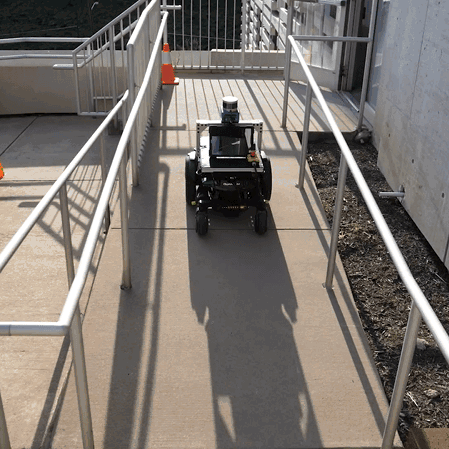Search & Rescue
Ground robots can assist rescue workers in locating victims who survived the initial collapse of a structure by maneuvering through tightly packed volumes that people and conventional machinery otherwise cannot. No ground robot, with perhaps the exception of the so-called snake robots, have been developed for the search and rescue application. Typically, robots have been used that were developed for the military to clear buildings or for municipal infrastructure inspection, e.g. pipe inspections. An important requirement for search and rescue robots is that they be small, maneuverable, and easy to operate. Small wheeled robots are often challenged in moderately difficult-to-negotiate rubble, and therefore some robots are equipped with treads, like those seen on a tank, to overcome obstacles. Treaded vehicles tend to consume more power, are more difficult to maintain, and can be heavier than their wheeled counterparts, which is the price we pay for improved maneuverability. However, even treaded vehicles can be challenged by the extremely small clearances of collapsed structures and difficult-to-negotiate terrains. Therefore, snake robots were developed to access very tight spaces that other robots, as well as machinery, rescue workers, and rescue dogs, can never access. The trade-off rescue workers make with snake robots is improved maneuverability for a more complicated and more difficult-to-control system. Finally, we should note that all ground vehicles used for search and rescue must have a tether to maintain communication between the rescue work and the robot, which would be a radio in a friendly environment. This tether is also used to pull the robot out, should the robot get damaged or fail.
Navigate tightly packed volumes Snake robots can fit through and locomote within tightly packed volumes that may be encountered in a collapsed building or a pile of rubble.
Deploy through a small access point In situations such as mine rescue operations, responders often have a small cross-sectional opening through which equipment must be deployed.Snake robots can deploy through small access openings and then locomote through a variety of environments.
Locate and communicate with victims Our snake robots are equipped with a camera to help locate victims and can be outfitted with a two way speaker/microphone to enable communication with victims.




